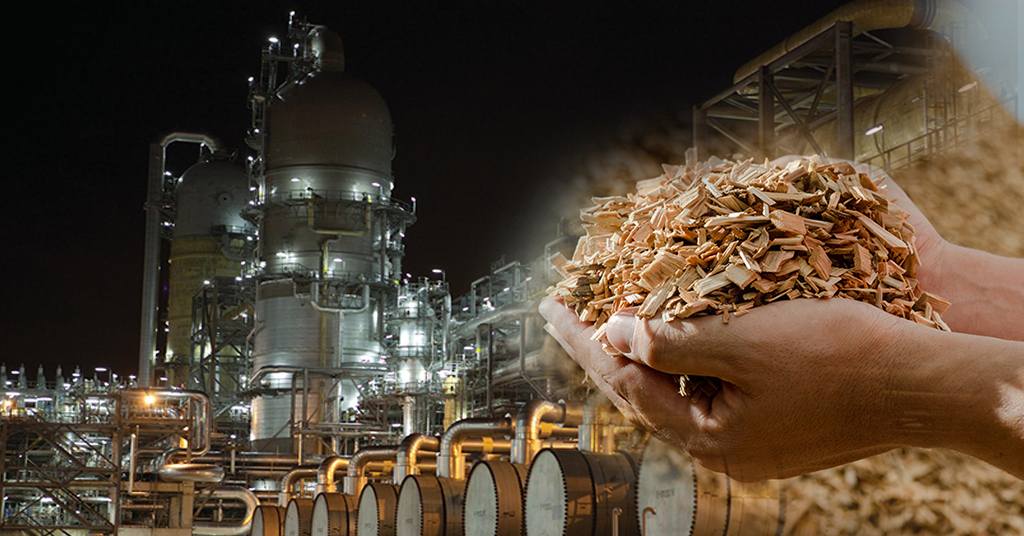Caprolactam Prices In Europe Have Remained Stable, Reflecting sluggish downstream Demand
- 19-Feb-2024 2:49 PM
- Journalist: Li Hua
In recent weeks of February 2024, the price of Caprolactam in the European market has remained within a steady price range, even as feedstock prices for Benzene and Naphtha have risen. Meanwhile, the global energy market is grappling with uncertainties stemming from geopolitical conflicts, weather-related disruptions, and evolving economic conditions. Ongoing geopolitical tensions in the Middle East are contributing to fluctuations in oil futures.
The price of Crude oil appreciated by 4% during the week ending 16th February 2024, this marks a significant increase from the beginning of the week, when the international benchmark was trading at approximately $78 per barrel. However, it's noteworthy that these prices are similar to the levels observed when the Yemeni Houthis started attacking ships in the Red Sea. Redirecting vessels from the Suez Canal to the Cape of Good Hope extends the journey between Asia and Europe by more than a week.
The rise in crude oil prices has not impacted the Caprolactam market, as weak demand from downstream industries has led to a decrease in fresh orders and reduced operational rates of Caprolactam production across Europe. Downstream manufacturers' purchasing activity for Caprolactam has continued to decline sharply, as companies report reduced production needs and ongoing efforts to streamline inventory.
On the demand side, the downstream textile and automotive sectors did not perform well in the German market. The downstream Polyamide 6 market remained stagnant and showed little movement in the domestic German market. Additionally, transactions were minimal, and overall buying activity for Caprolactam in the German market was average. This low demand from the downstream sectors impacted the Caprolactam market and limited the potential for further price increases.
In Germany, sales of new cars declined at the start of year 2024, with a significant drop in demand for electric cars. The decrease in export orders in the automobile sector and the decline in new business from overseas markets were attributed to challenging market conditions and a continuing decline in customer demand. These factors have contributed to maintaining the price of Caprolactam in the European market.
It is anticipated that the price of Caprolactam will likely remain within a narrow range in the coming weeks, despite an increase in feedstock prices. Moreover, demand from the downstream textile and automotive sectors is subdued, reflecting a decline in export orders from overseas markets. Additionally, disruptions in ocean routes may lead to a decrease in overseas orders for Caprolactam.



